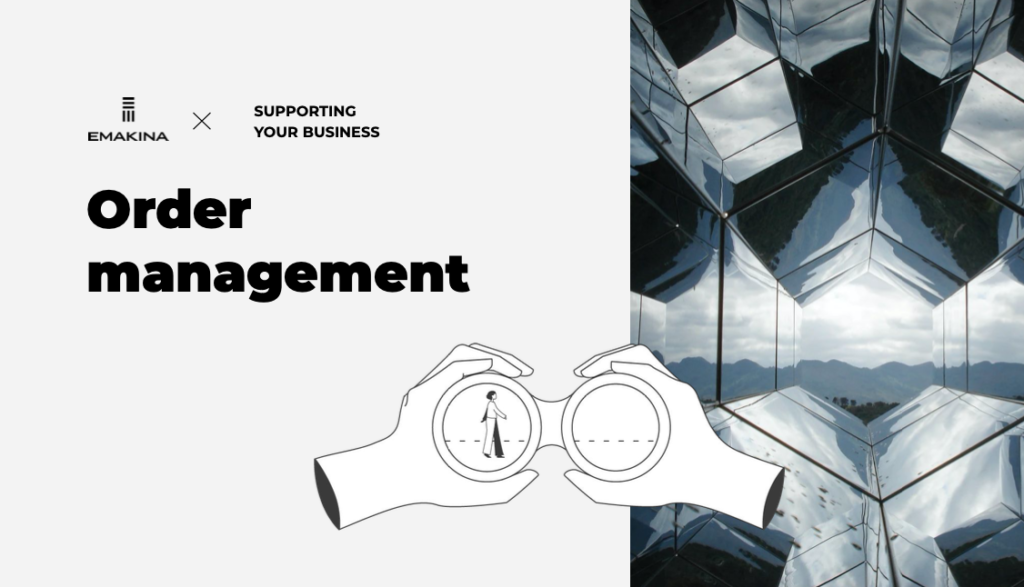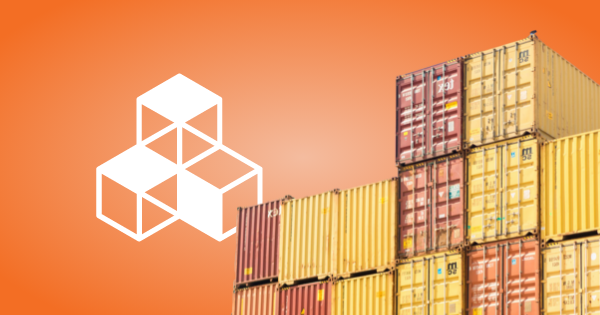What is an order management system and why do I need one?

When we talk of e-commerce (or e-business), most people immediately think of web shops. They are the visible, consumer-facing part of the business, and everybody, whether they work in e-business or not, knows what a web shop is and what it does.
For the systems behind the scenes, it’s a different story. Not everybody understands the role of an ERP, warehouse management system, payment service provider or logistics service provider. However, for those within the business, the purpose and need for these systems is universally understood – very few businesses would attempt to run an e-commerce operation without them.
Order management is different. Many web shops, both B2B and B2C, are run without an order management system (OMS). So what does such a system do, and why do we think that yes, in most cases, you do need one?
Let’s start with a definition of order management: order management is the administration of all business processes related to orders for products or services.
This includes order lifecycle management, customer service processes, inventory management, distributed order management (DOM), as well as in-store and omnichannel processes.
So why do you need a separate system, on top of all the systems you already have, to handle this? Quite often, we hear things like this:
“My orders go straight to my ERP. Isn’t that enough? Why would I need another system?”
“Order management is handled by my web shop.”
“Shouldn’t the warehouse take care of all that?”
And it is true, as many web shops prove, you can run an e-business operation without an OMS. With a web shop, a warehouse application and an ERP you can receive, process and fulfil orders. However, can you handle these scenarios?
- You run a ‘3 for the price of 2’ promotion on your web shop. A customer places an order, but then decides to return one of the 3 items. Can your ERP calculate and execute the correct refund?
- A customer places an order, and would like to pick it up from their local store. One of the products in the order is available in this store, another in another store in the same city, and the third product is only available in the warehouse. Can you fulfil this order quickly and with optimal efficiency and lowest shipping costs?
- A customer places an order, then phones customer service to change the shipping address. And while one the phone, they decide to also change a product in the order for a different size. Can your customer service agents view the real-time status of orders and modify them while on the phone to the customer?
- A customer places an order, but one of the products turns out to be out of stock. Can you split the order and backorder the missing product while immediately shipping the rest? Do you have a no-touch process to inform your customer? Or even better, can you make sure your web shop knows the delivery time when the order is placed?
This is where an OMS comes in. Its role is to orchestrate and coordinate the processes between all the systems in your e-com landscape. An OMS can do all the things described in the scenarios above, and more. Because it sits in a central position in your landscape, it can control the processes and send relevant information to the other systems – and it gives you the flexibility to adapt quickly to the changing needs of your customers.
A few examples of what an order management system can do:
- It can provide self-service capabilities for your customers, e.g. checking order status, changing or cancelling orders, creating return requests.
- It can allow you to control your inventory in detail, and reduce the need for keeping large amounts stock in your central warehouse – through virtual catalogues, stock buffers, selling of inbound stock, drop shipment or backorders, store fulfilment, etc.
- It can calculate and control the optimal allocation and fulfilment of an order – taking into account delivery cost, speed of delivery, customer experience and inventory levels.
- If you have multiple ERPs (for example because of historical mergers between different companies), and OMS can allow you to run a streamlined ordering process across your ERPs. This is much easier and more flexible than replacing one or more ERPs.
…and much more besides.
An OMS is a key element in your landscape to provide increasingly demanding customers with the ordering experience they expect – and to do so in an efficient way.
Interested to find out more? The experts at Emakina have created an order management playbook, which outlines the challenges modern retailers are facing, and how an OMS can resolve these.




